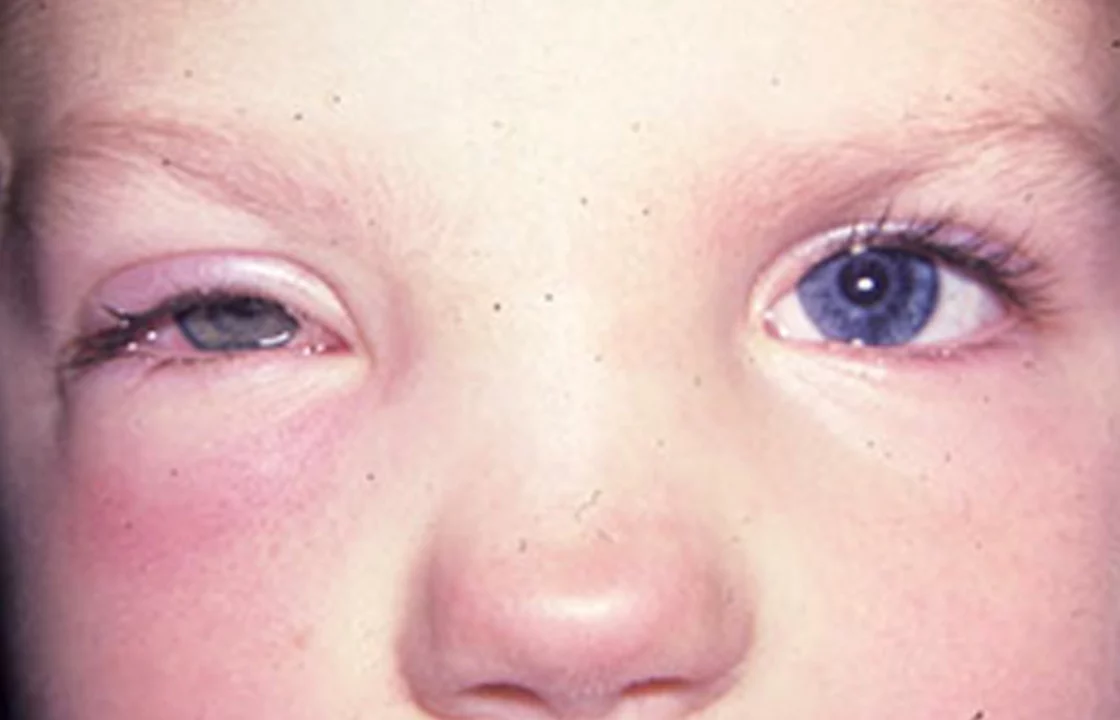Orbital Cellulitis: What You Should Know Right Now
Orbital cellulitis doesn't mess around. If you wake up with a swollen, red eyelid that feels hot and looks angry, that could be a sign. When pain gets worse if you try to look around, or your vision starts to blur, you're risking more than just an eye infection—your whole body can get dragged into the fight pretty fast.
This isn’t just about a sore eye or a runny nose gone wild. Orbital cellulitis usually shows up after a sinus infection gets out of control. Sometimes, it can also kick in after trauma near the eye, a bug bite, or a dental infection. Kids get it more often than adults, which means parents need to stay alert if their child says their eye hurts, especially if they have a fever at the same time.
Early symptoms are what tip you off: eyelid swelling, redness, tenderness, and pain with eye movement. Sometimes, the eye itself looks like it’s pushed forward (“proptosis”), and double vision can crop up. If you notice your child (or you, as an adult) can’t move one eye well, or starts to feel really sick, you should get checked immediately.
This is not something to fix by waiting it out at home. Left untreated, orbital cellulitis can turn into a medical emergency—it might spread to the brain or cause permanent vision damage. Doctors usually run a CT scan to really see what’s going on behind the scenes, making sure there’s no hidden abscess or worse. Don’t try any home remedies, drops, or over-the-counter creams here. This is hospital territory.
Treatment? It starts with intravenous antibiotics, not oral ones. The go-to options are usually a solid combo to hit the most likely bacteria: staph, strep, and sometimes even more resistant bugs. Think ceftriaxone or cefotaxime, with maybe a dash of vancomycin if MRSA is a worry in your region. Once things get under control, your doctor might let you switch to pills at home—but only after your temperature drops, the swelling goes down, and you’re clearly on the mend.
If you want a safe recovery, don’t push back on extra tests. For cases that just won’t settle down, or if there’s an abscess, surgery to drain the infection can be the next step. Trying to skip out on hospital care isn’t just risky—it could cost you your sight.
The faster you spot the signs of orbital cellulitis, the smoother your recovery. If you're hunting for reliable info about the antibiotics and possible side effects, stick with trusted pharmacy sources. Places like Express Meds Canada keep things clear, especially if you need to know what's safe for your kid or which allergy-friendly options are out there.
Worried about drug interactions or wondering which brands are trusted if you’re sent home on oral antibiotics? Check reviews and comparison guides from reputable sources. Getting the right medication quickly, and not skipping doses, matters just as much as showing up at the hospital when things first go sideways.
Orbital cellulitis isn’t rare, and it’s not just a simple infection. Recognizing the warning signs early, picking the right meds, and sticking to proper care means you’re far more likely to walk away with zero complications—eyesight and health intact.
The role of besifloxacin in the treatment of orbital cellulitis
In my recent research, I discovered the significant role besifloxacin plays in treating orbital cellulitis. As a potent antibiotic, it effectively combats the bacteria responsible for this severe eye infection. Its unique properties allow it to penetrate the eye tissues better than other antibiotics, ensuring a more successful outcome. Additionally, besifloxacin has a lower risk of bacterial resistance, making it an ideal option for treating this condition. Overall, besifloxacin is a game-changer in the fight against orbital cellulitis and can help save patients' vision and overall eye health.
